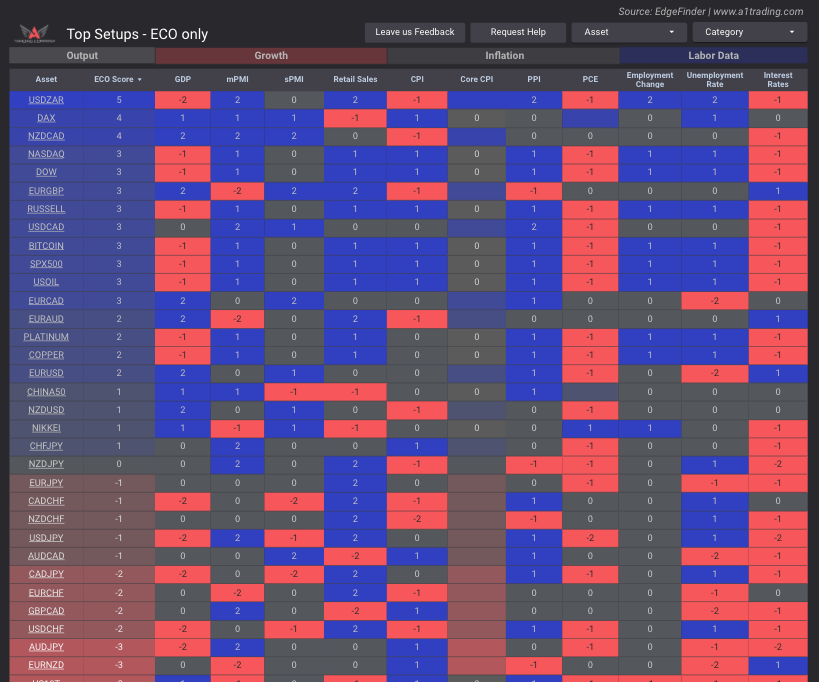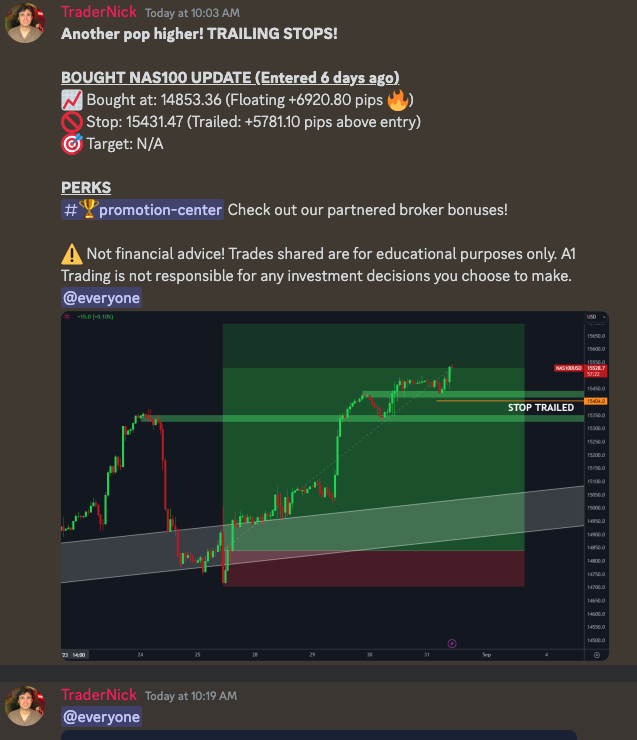S&P 500 holds near highs, but Fed cuts could spark short-term volatility before medium-term bullish momentum resumes.

As a beginner trader it can be difficult to know which are the best currency pairs to trade. To help identify the best currency pairs to trade you need to understand that different markets have different behaviors. Some currency pairs tend to be highly volatile while others have low volatility. The volatility of the currency pair is important because it indicates the risk associate with that pair. Pairs with higher volatility are associated with high risk while pairs with low volatility are typically less risky.
Often times, new traders gravitate to high volatility markets like gold because they seem more exciting. However, these are not the best currency pairs to trade and can be very dangerous for new traders. Traders who trade with high volatility can make a lot of money in a short period of time. But, just as you can make a lot of money trading with these currency pairs, you can also lose money just as fast (or even faster). Because of this, many new traders who attempt to trade with these currency pairs quickly drain their account.

As a new trader, we suggest avoiding these pairs altogether until you are confident in your strategy. There are a lot of things that could go wrong when you're learning how to trade and you want to avoid making mistakes on highly volatile currency pairs. Remember, our first goal as a trader is to protect our capital, don't risk draining your account trying to make money fast.
Popular High Volatility Pairs:
Currency pairs with low volatility are pairs that move less aggressively and are more forgiving. These types of currency pairs are much more suitable for newer traders. This is because when a new trader makes a mistake, which will inevitably happen throughout the learning process, it will not drain their account. For example, a trade on a currency pair like EURUSD which goes against you may put you down 30 pips in a span of 5 hours. While in that same time frame, a GBPJPY trade that goes against you may put you down 120 pips.

Popular Low Volatility Pairs:
We recommend that newer traders should stick with low volatility pairs like EURUSD, USDCHF, AUDUSD, and AUDCHF. Use these pairs to help get your feet wet and test your strategy before jumping into higher volatile markets. To be even more cautious, we recommend starting on a demo account and not to put your hard earned money on the line until you have a strategy behind what you are doing.




S&P 500 holds near highs, but Fed cuts could spark short-term volatility before medium-term bullish momentum resumes.
DXY holds near support as traders await FOMC, with three cuts priced and data setting the next move.
Sterling stalls at resistance as soft UK growth data shifts attention to next week’s BoE meeting and balance sheet risks.